What Does the Number of Grapes in a Wine Bottle Mean?
It takes around 600 to 800 grapes (about 10 clusters) to make a single bottle of wine. The exact number depends on the grape variety, vineyard location, winemaking techniques, and other factors.
For example, thick-skinned grapes tend to produce less juice, so a greater number of these grapes may be necessary to make a bottle.
Read on to learn about what determines the number of grapes in a wine bottle and other exciting facts about winemaking.
Winemaking Aspects
As mentioned above, a few aspects heavily influence how many grapes are required in a bottle of wine. They are the following:
Climate
The weather and growing conditions in a specific wine location matter. Grapes that grow with lots of rainfall tend to be plumper compared to those in places with hot summers. The latter is drier and therefore has less grape juice.
Soil Type
Of course, the soil grapes are planted in also impacts the produce. A good example of this is the Cabernet Sauvignon, which grows best on relatively dry, nutrient-poor earth. If you plant this Cabernet in a location with a warm climate, it will produce a richer yield than if you grow it in rich soil.
Generally, soils with more nutrients can make the fruits grow a lot faster during the start of a year. Therefore, the grapes are in danger of not properly receiving the sunlight they require to become ripe.
Winemaking Technique
This entails the pressing process involved in making the bottles of wine. Those made with the free-run method need more grapes because the procedure can leave behind a portion of the juice. The basket press also tends to produce a yield that is 5 to 10 per cent less than the bladder press.
Grape Number and the Bottle’s Price
The number of grapes per acre a vineyard can grow actually impacts the final price of bottled wine. A vineyard producing fewer grapes will make wines with more alcohol content and flavour.
On the other hand, a vineyard making a lot of grapes will produce more diluted wines. It means that more expensive wine bottles probably came from vineyards producing fewer yet better-quality grapes.
The Winemaking Process
1. Pressing
Clusters of grapes with their seeds, skins, and stems are pressed before their juice is poured in a barrel or tank and left to ferment.
2. Fermentation
The yeast from the fermentation will convert the sugar of the grape juice into alcohol and carbon dioxide.
3. Ageing
The wine in the barrel or tank is left to age over time. Winemakers can also opt to add a tiny amount of sulphur to help the wine stabilise better.
4. Bottling
The wine will undergo a taste test to ensure its premium quality and flavour. Then, it will be racked and filtered to get rid of sediments to make the wine clear. Lastly, it will be bottled and placed with the proper label.
Hopefully, you can choose the wine that best suits your taste and preference with the essential information above. A lot of hard work and investment goes into producing these quality wines, so make sure you savour its flavour the next time you sip one!
If you are interested in wine investing in the UK, reach out to Cru Wine. We offer fine wine with a modern approach. We make buying wine easy and simple with a more enriched experience. View our offer on our website now!





